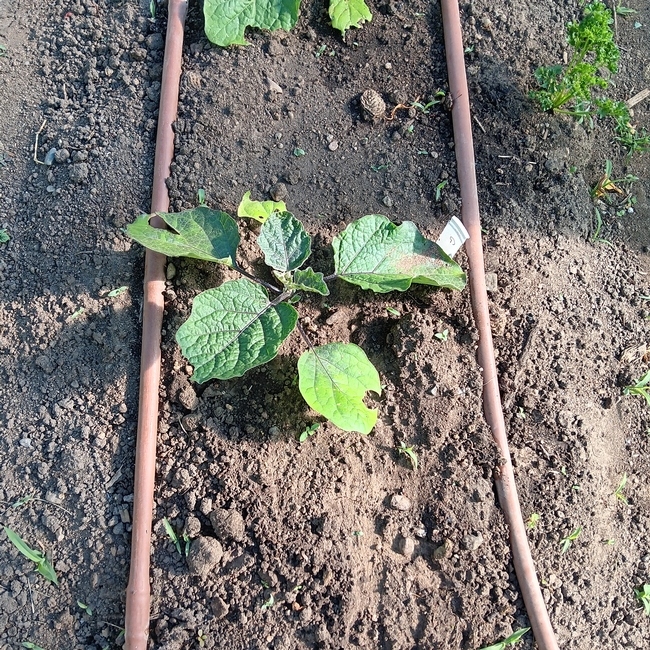I recently helped one of our local student gardens install a drip irrigation system in some raised beds. During the installation, I had to explain why we were using ½” tubing for most of our system instead of ¼”. Some believed that using the smaller tubing would give us better pressure, like putting your thumb over the mouth of a garden hose. I explained why this would actually result in less pressure and worse water distribution throughout our system. This misconception is common, so I thought I'd discuss it here.
If you think there's no way I'm about to talk physics in a garden blog, prepare to be amazed!
First, a review. Friction is the force that opposes the sliding or rolling of one solid object over another. There are a few different types of friction, but the one most relevant to our irrigation lines is kinetic friction.
Kinetic friction is the force that opposes the movement of two objects in contact while in motion. Think of it like using the brakes on a bicycle: when you pull on the brake lever, the brake pads contact the wheel, and the kinetic friction between the pads and the wheel opposes the wheel's forward motion, eventually stopping the bike. As water moves through our irrigation lines, it is in contact with the inside of the tubing. The kinetic friction between the water and the tubing surface opposes the water's forward motion, resulting in a loss of pressure. In irrigation lingo, we call this "pressure loss from friction" or just "friction loss."
If you could see a cross-section of your tubing while water was running through it, you wouldn't see a solid cylinder of water. Instead, it's more turbulent, with empty space, bubbles, and vortices. If the amount of water moving through the line remains constant and we decrease our tubing diameter, that empty space shrinks, and more water comes into contact with the sides of the tubing. More surface area of the water in contact with more surface area of the tubing generates more friction, resulting in more pressure loss.
Like tapping the brakes on a bicycle, there isn't much friction generated when it's just your thumb at the end of a garden hose. The real pressure loss comes from consistent friction over distance, like holding the brakes down until the bike stops. Multiply even a small amount of friction over any real distance, and you're looking at significant pressure loss.
In response to this, drip irrigation experts developed “rules” or guidelines for drip irrigation. For ¼” tubing, we call it the 30/30 rule: no more than 30 feet in any given run of ¼” line, drawing no more than 30 gallons per hour (GPH). More than 30 feet generates too much friction loss, and hydraulically only so much water can move through any given volume of tubing, hence 30 GPH. For ½” tubing, it's the 200/200 rule, for ¾” it's 480/480, and so on. As our system grows in length and demand, our tubing diameter has to increase accordingly.
If we don't match our system to the length and demand, we risk poor distribution uniformity. We might have to overwater or underwater one part of our garden to properly water another, leading to water waste and poor plant health. For most home landscapes, 1/2" tubing works well since we seldom run more than 200 feet on a single line.
These principles are simple but powerful, and by understanding them, you can make more thoughtful decisions in the design of your drip systems to get the most out of them.
